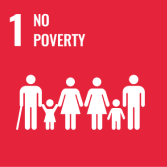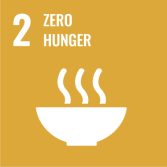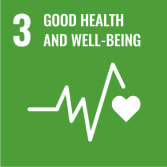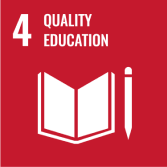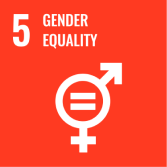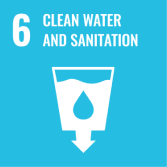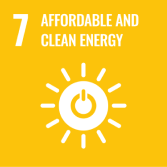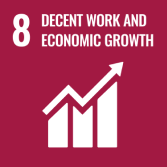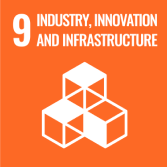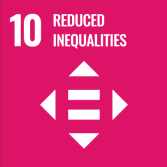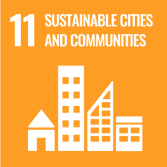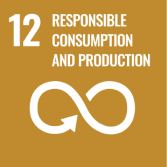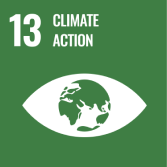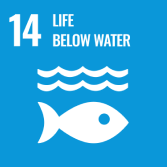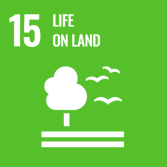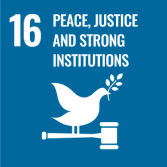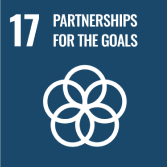This article aims to reconstruct the invasion of the ear-shaped pond snail,
Radix auricularia (Linnaeus, 1758), to Lake Baikal, East Siberia. This species is widely distributed in the Palaearctic and Northern America, and since the early 20th century has formed abundant and sustained
[...] Read more.
This article aims to reconstruct the invasion of the ear-shaped pond snail,
Radix auricularia (Linnaeus, 1758), to Lake Baikal, East Siberia. This species is widely distributed in the Palaearctic and Northern America, and since the early 20th century has formed abundant and sustained populations in Lake Baikal. The data provided on the morphological and genetic variability of
R. auricularia help to better describe and delineate the species. With an integrative approach involving morphological and molecular data, we improved the knowledge of the intraspecific variability of
R. auricularia in the most important characteristics used for its determination. Molecular sequences of nuclear spacer fragment ITS-2 and mitochondrial gene fragment
cyt–b were obtained from 32 individuals of
Radix (including seven outgroup
Radix species) collected from various parts of Lake Baikal and adjacent waterbodies and compared with sequences of 32 individuals of
R. auricularia from different regions of the Palaearctic as well as with individuals determinated as
R. intercisa from Lake Baikal,
R. iturupica from the Kurile Islands,
R. ussuriensis from the Khabarovsk region,
R. narzykulovi from Tajikistan, and
R. schubinae from the Amur region. Molecular genetic analyses revealed that all specimens collected from Lake Baikal belong to
R. auricularia. There are no genetically distinct groups of snails that would correspond to two morphospecies previously recorded in Lake Baikal (e.g.,
R. auricularia s. str. and
R. intercisa). Variability of the characteristics that are commonly used for species identification (shell morphology, mantle pigmentation, shape and position of the bursa copulatrix, length and position of the bursa duct, length ratio of preputium to penial sheath) were found in individuals analysed with molecular genetics to be broader than recognised in the current literature. Some shells of
R. auricularia collected from Lake Baikal resemble shells of another lymnaeid species,
R. balthica, and without molecular assessment can be confused with the latter. Geometric morphometric analysis of more than 250 shells revealed no observed hiatus between Baikalian and non-Baikalian
R. auricularia. The probable stages and pathways of
R. auricularia invasion to Lake Baikal’s ecosystem are outlined and discussed. Factors such as global climate warming and human activity stimulated and facilitated the ongoing dispersal of ear pond snails within Lake Baikal.
Full article
